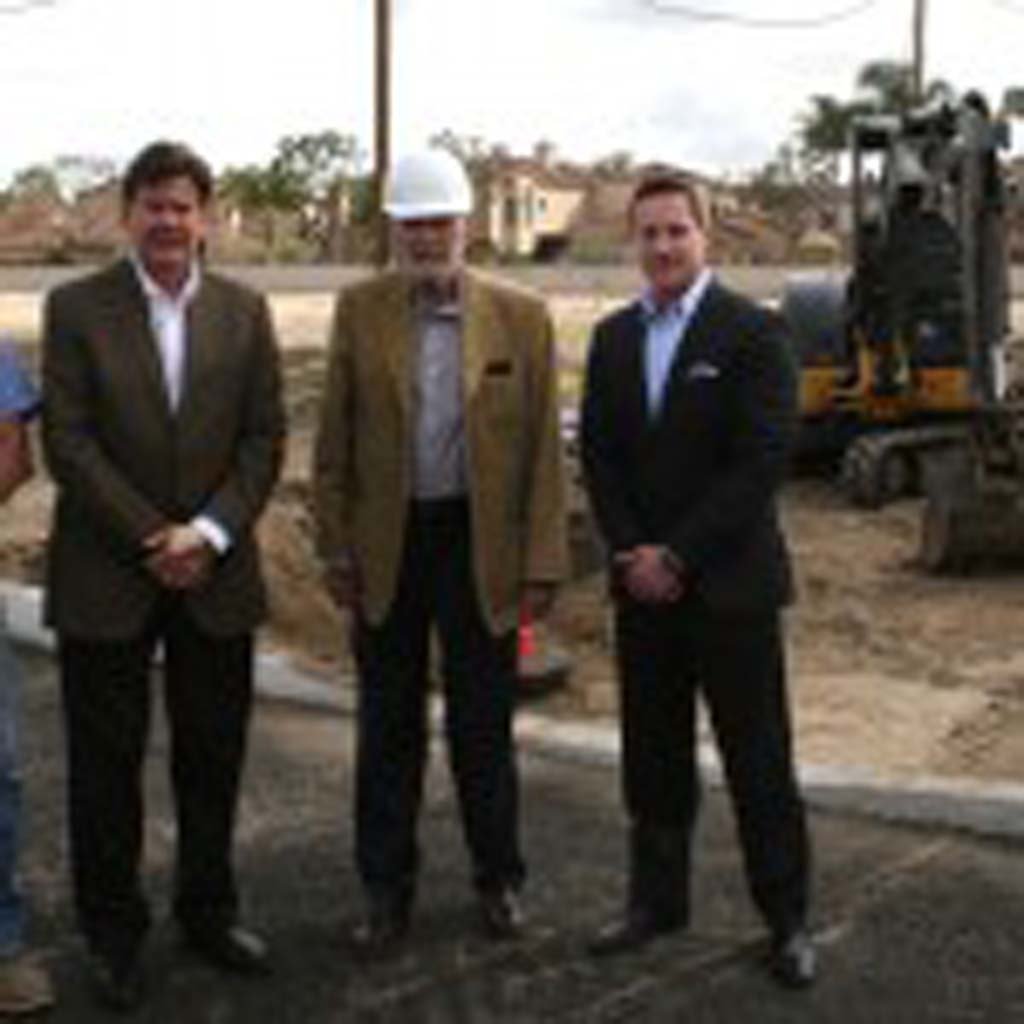RANCHO SANTA FE — Rancho Santa Fe covenant residents packed the Garden Club for a Town Hall Meeting to listen to the pros and cons of roundabouts from its members. Rancho Santa Fe Association manager, Bill Overton, navigated the meeting as members took turns at the podium.
Some read their statements as others had brief digital presentations.
The topic of discussion was whether or not to construct traffic signals or roundabouts at three proposed intersections along the Paseo Delicias/Del Dios Highway. They prospectively included El Camino del Norte, La Valle Plateada/El Motevideo and Via de la Valle.
Sam Ursini spoke to fellow Covenant members saying that detours for roundabouts would not be a minor inconvenience.
“This will be major because we’re speaking of thousands of vehicles in the morning and thousands of vehicles in the evening that will have to be diverted,” he said. “And where do they go? They will all go along the side streets and there are several streets which will be impacted.”
Traffic signal construction, Ursini pointed out, would be off to the side and away from the roadway.
And roundabouts could take 18 months or longer to build.
The price tag was also a point of discussion with traffic signals being at $1.5 million and roundabouts at $6 million.
During the course of the evening, member Daniel Bunn said a few words in favor of traffic signals.
“We need to install signals immediately to improve the flow of traffic,” he said. “It’s time to reclaim our unnecessarily over used roads for our residents and the character of the Ranch.”
Others voiced concern that since the Ranch was an equestrian community, hauling a horse trailer would be impossible with a roundabout.
Following those in favor of traffic signals, Overton thanked everyone for a thorough analysis on why roundabouts would be problematic. He then invited those in favor of roundabouts to speak on why it would be a better solution for the corridor.
First up was covenant member Bill Schlosser. He told members that if they wanted to learn more about roundabouts to go to the Association office since there were guides pertaining to roundabouts written by the federal government.
According to the Highway Administration Office of Safety Guides, one point of reference mentioned how a roundabout’s geometric shape allows motorists to decrease their speed at intersections, which helps to improve safety.
Another member said a roundabout would provide a constant flow of traffic, which was desirable.
Also in favor of roundabouts was Martin Wilson. He believed if implemented, it would slow down speeding motorists and felt that a traffic signal would not offer the same advantages.
“Where we live is different,” Wilson said. “It’s different from the surrounding developments and the County of San Diego recognizes this.”
Wilson called roundabouts as a time to define the ranch.
“Roundabouts are not that common and neither is the covenant,” he said.
After the last speaker, Overton asked for an informal show of hands in where members currently were in their own decision making process. While an RSF Association Board vote will take place on May 7, the straw poll gave an interesting point of view.
The informal tally revealed 11 in favor of roundabouts, 37 who wanted to keep everything status quo, and 120 in favor of traffic signals.
This story has been corrected since its original posting.


1 comment
Modern roundabouts are the safest form of intersection in the world. Visit http://tinyurl.com/iihsRAB for modern roundabout FAQs and safety facts. Modern roundabouts, and the pedestrian refuge islands approaching them, are two of nine proven safety measures identified by the FHWA, http://tinyurl.com/7qvsaem
The FHWA has a video about modern roundabouts that is mostly accurate (http://tinyurl.com/6v44a3x), or check out the IIHS video at http://preview.tinyurl.com/iihsrabintro.
The safety comes from the ‘slow and go’ operation instead of the ‘stop or go fast’ way a stop light works. The smaller size of properly designed modern roundabouts is what makes them safer and keeps speeds in the 20 mph (30 kph) range. This makes it much easier to avoid a crash or stop for pedestrians. It also means that if a crash happens the likelihood of injury is very low. Safety is the #1 reason there are over 3,500 modern roundabouts in the US today and many more on the way.
Modern, slow and go, roundabout intersections have less delay than a stop light or stop sign (http://tinyurl.com/mythbustersRAB), especially the other 20 hours a day people aren’t driving to or from work. Average daily delay at a signal is around 12 seconds per car. At a modern roundabout average delay is less than five seconds. Signals take an hour of demand and restrict it to a half hour, at best only half the traffic gets to go at any one time. At a modern roundabout four drivers entering from four directions can all enter at the same time. Don’t try that with a signalized intersection.
Comments are closed.